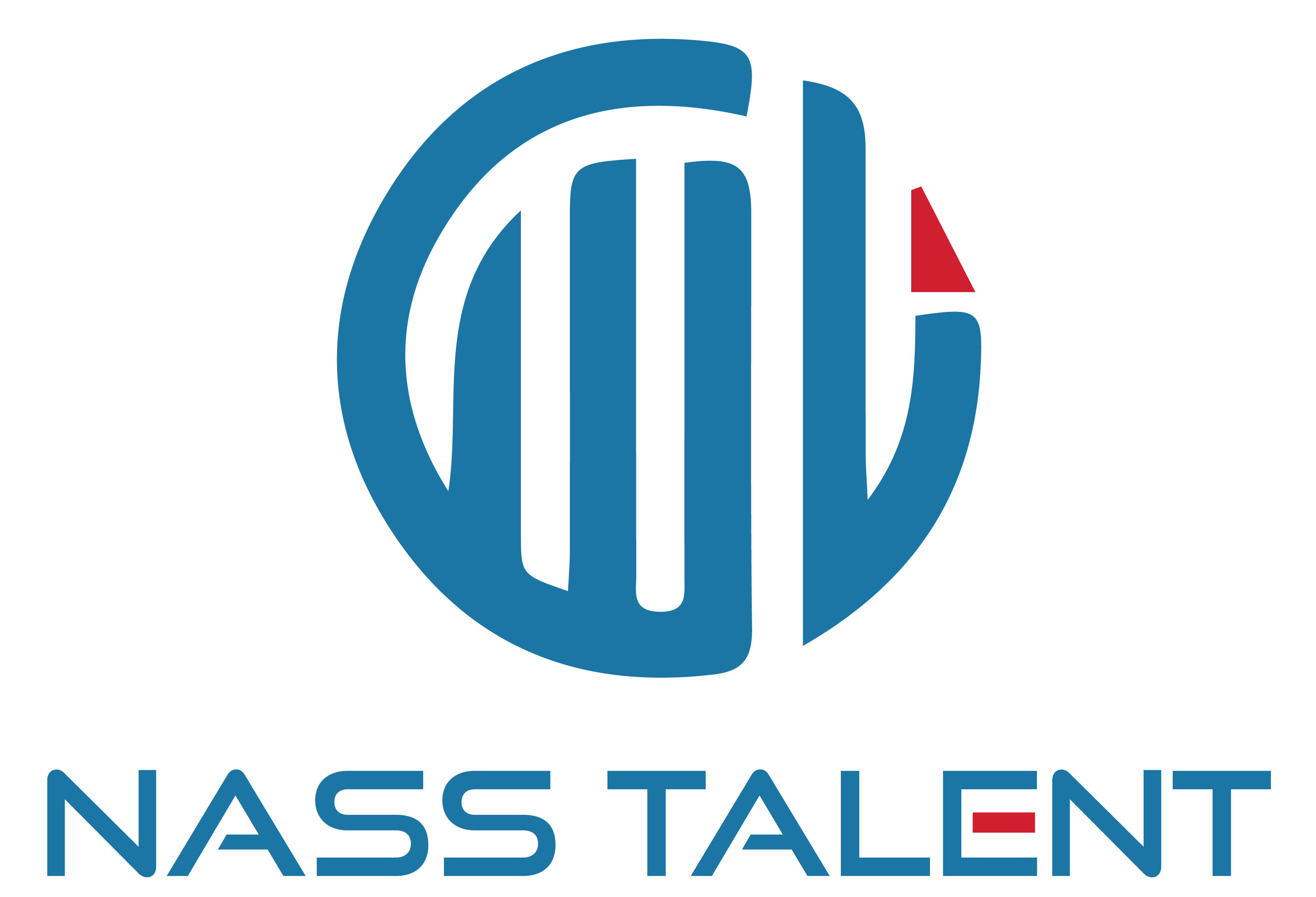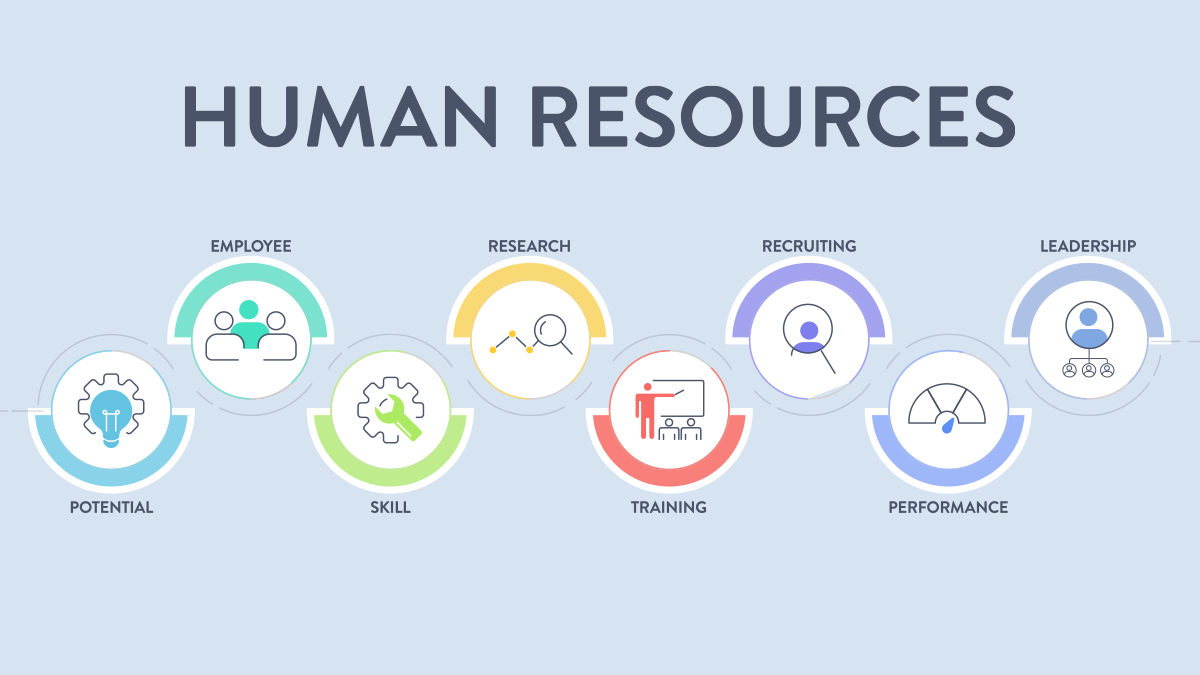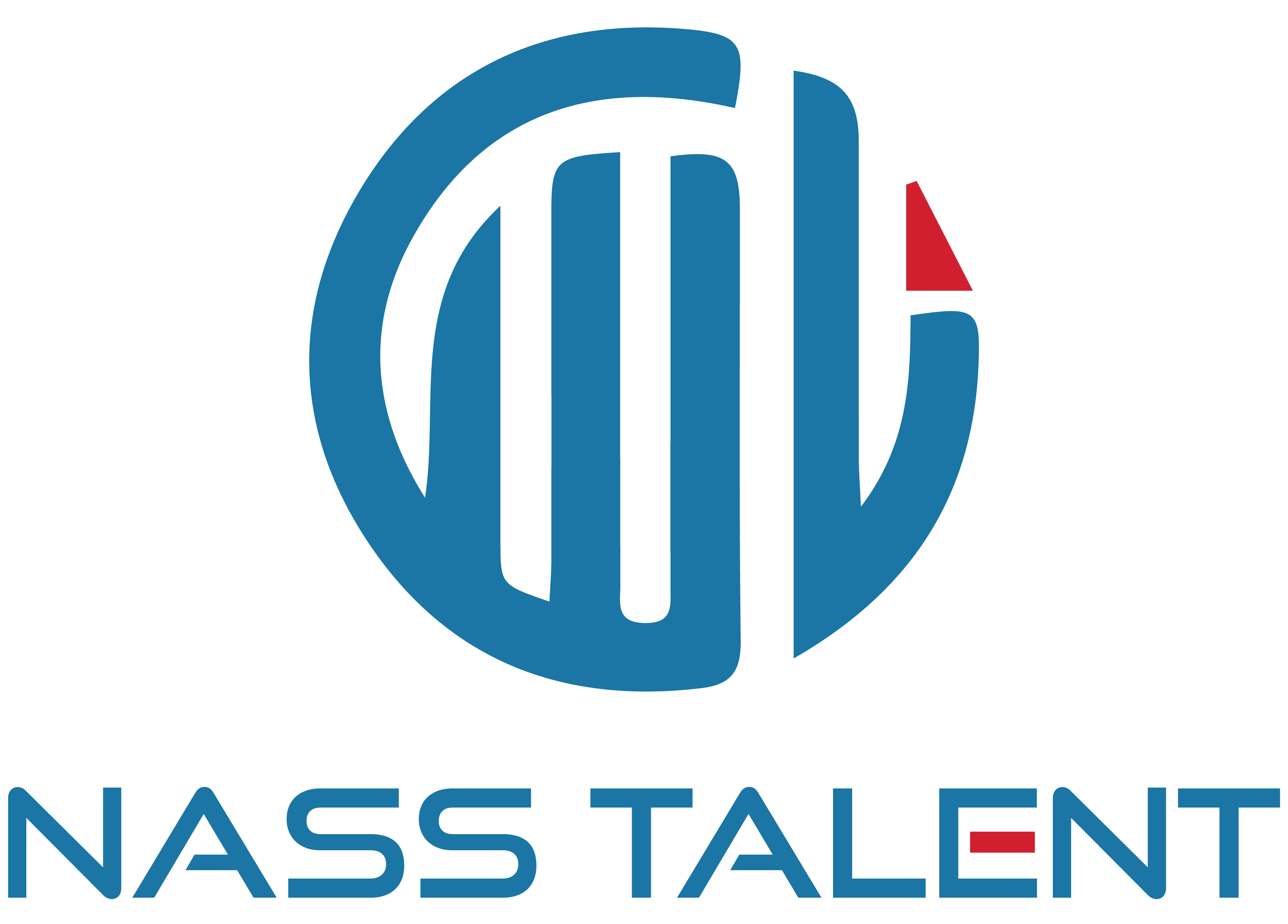The workplace landscape has evolved significantly over the past few years. What was once a traditional, office-centered routine has shifted towards more flexible work models. As organizations and professionals navigate this change, the debate continues: Is working from home better than working from the office? Each model offers unique advantages and challenges, and the right choice often depends on individual roles, responsibilities, and organizational goals.
Advantages of Working From Home
- Elimination of Commute:
Remote work removes the need for daily travel, saving valuable time and reducing stress. It also helps cut down on commuting expenses and environmental impact. - Improved Work-Life Balance:
Employees can better manage personal and professional responsibilities, especially those with caregiving duties or family commitments. - Flexible Schedules:
Many remote roles allow for flexible working hours, enabling individuals to work during their most productive periods. - Personalized Work Environment:
Employees have the freedom to create a workspace that suits their comfort and enhances focus.
Challenges of Remote Work
- Distractions at Home: Domestic environments may pose challenges such as interruptions from family members or household tasks.
- Reduced Team Interaction: The absence of in-person collaboration can impact communication, team dynamics, and company culture.
- Dependence on Technology: Productivity hinges on reliable internet and power supply, which may not be consistent in all locations.
- Blurring of Boundaries: Without clear separation between work and personal time, some employees may experience burnout or reduced motivation.
Advantages of Working From the Office
- Enhanced Collaboration:
Face-to-face communication fosters stronger teamwork, faster decision-making, and more effective problem-solving. - Structured Routine:
A defined schedule and dedicated workspace promote discipline, focus, and time management. - Access to Resources:
Offices provide essential infrastructure, technical support, and a professional environment conducive to productivity. - Career Visibility and Growth:
Being present physically allows employees to network more effectively and gain visibility with leadership, which can positively influence career progression.
Challenges of Office-Based Work
- Commute-Related Stress: Long travel times can be physically and mentally taxing, impacting overall productivity and work satisfaction.
- Reduced Flexibility: Fixed schedules may limit the ability to manage personal commitments during work hours.
- Additional Costs: Office attendance often comes with extra expenses related to transportation, meals, and formal attire.
Hybrid Model: A Balanced Approach
Recognizing the strengths and limitations of both models, many companies are adopting a hybrid work model — blending remote work with in-office presence. This approach offers employees flexibility while maintaining opportunities for collaboration and team cohesion.
Conclusion
There is no universal answer to which model is superior. The decision between remote and office work should align with organizational objectives, employee preferences, and the nature of the role. What’s most important is fostering a work environment — whether remote, in-office, or hybrid — that supports productivity, well-being, and long-term success.









